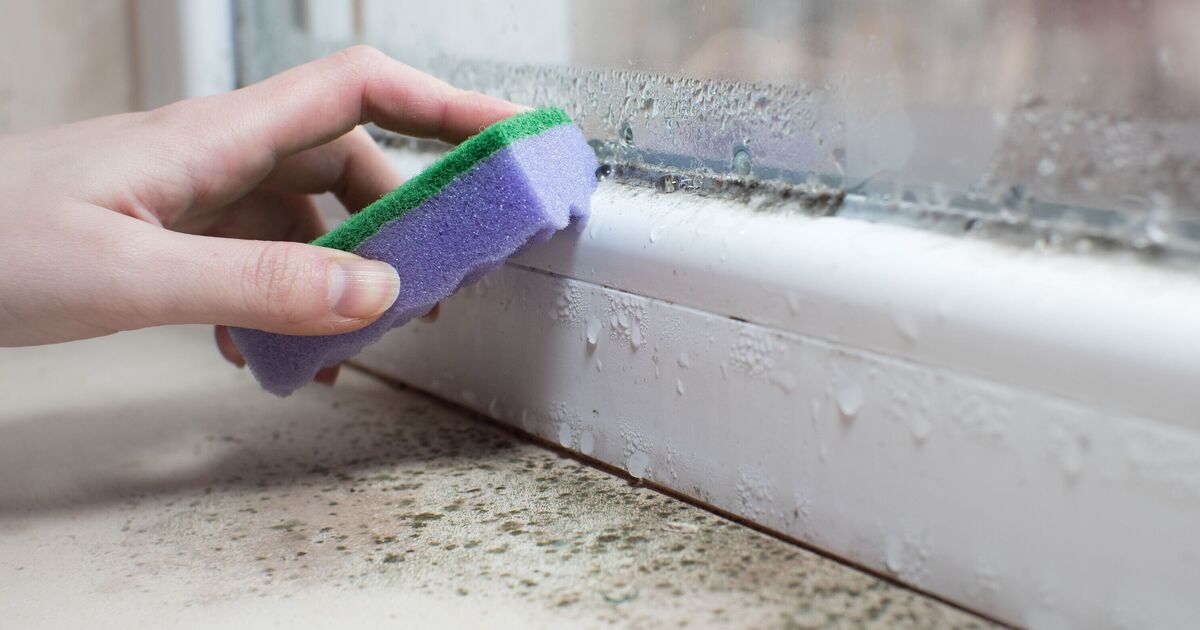Condensation forming on windows is a common problem for all types of properties, from houses to flats.
It can be particularly problematic during the late autumn and winter months as the warmer air inside the home comes into contact with the cold glass of the windows and condenses, leaving moisture and water droplets as condensation on your windows leading to damp and mould.
This issue is more common in bedrooms because as you sleep, moisture from your breath and your body heat can accumulate in the room, which leads to condensation.
The team at Cardiff Window Cleaner have recommended what households should do the next time they find their windows misty in the morning.
They claimed that if you wake up and find condensation on your bedroom windows, “a great way to clear away the condensation and prevent it from coming back for good” is by mixing a homemade solution.
Simply mix two cups of water and two cups of white vinegar, then add a couple of drops of washing-up liquid.
Pour this mixture into a spray bottle and spray it straight onto your window.
So how does this work? Well, white vinegar creates a protective barrier, and soap breaks down the surface tension of the droplets on your window.
Vinegar also works well to remove mould and can be used to inhibit the growth returning.
The cleaners suggest using a spray bottle to create a very thin protective cover, which will dry up by itself.
Households can use a sponge or a piece of cloth, but “it will take longer to dry”, especially if the air is already too humid.
Aside from this nifty tip, households should also ventilate their bedroom and any room prone to condensation and mould by simply leaving the windows slightly open for 10 to 15 minutes each morning.
This allows a constant flow of air, allowing the moisture to escape to the outside rather than forming condensation on your windows.
To avoid mould returning, it is also worth keeping your windows relatively clean particularly when it comes to the window tracks.










